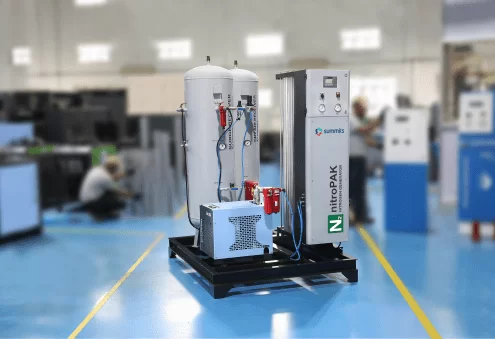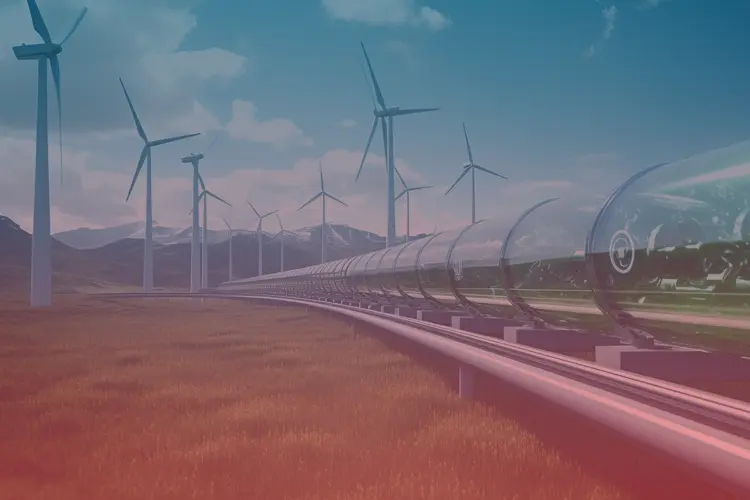Selecting the Appropriate Nitrogen Generator for Your Business
Selecting the Appropriate Nitrogen Generator for Your Business
Nitrogen generators have revolutionized operations for businesses across various sectors by providing a dependable, economical, and environmentally friendly method for on-site nitrogen production. Whether your industry involves food packaging, pharmaceuticals, laser cutting, or electronics, the appropriate nitrogen generator can enhance efficiency and significantly reduce expenses. However, with a multitude of options available, how can you identify the most suitable nitrogen generator for your specific business requirements?
This guide will outline the essential factors to consider, enabling you to make a well-informed choice.
1. Determine Your Nitrogen Requirements
The initial step in choosing a nitrogen generator is to comprehend the specific nitrogen requirements of your business. Take into account the following aspects:
- Flow Rate: What is your nitrogen consumption rate per minute or hour? The flow rate of a nitrogen generator is typically expressed in cubic meter per hour (m³/Hr) or liters per minute (LPM).
- Purity Level: Various applications necessitate different levels of nitrogen purity. For instance:
• 99 to 99.9997%+ : Best suited for pharmaceutical applications.
• 99.99 to 99.999% : Best suited for electronics soldering products
• 99 to 99.9% : Best suited for food packaging - Pressure: Identify the operational pressure required for your equipment, generally measured in bars or kg/cm².
Grasping these parameters will assist you in selecting a generator that effectively meets your operational needs.

2. Select the Appropriate Nitrogen Generation Technology
There are two main categories of nitrogen generation technologies:
a. Pressure Swing Adsorption (PSA)
- Mechanism: PSA technology employs Carbon Molecular Sieve (CMS) to extract nitrogen from dry compressed air.
- Optimal For: Scenarios that demand high-purity nitrogen (up to 99.999%).
- Benefits: Provides a reliable supply of high-purity nitrogen, making it suitable for critical applications.
b.Membrane Technology
- Mechanism: Membrane nitrogen generators utilize selective permeability to separate nitrogen from compressed air.
- Optimal For: Situations that require moderate nitrogen purity (95%-99%).
- Benefits: Features a straightforward design, low maintenance requirements, and energy efficiency for applications with lower purity demands.
The selection of the appropriate technology is contingent upon the desired nitrogen purity and budgetary constraints. PSA systems are particularly advantageous for sectors such as pharmaceuticals and electronics, whereas membrane generators are more appropriate for food packaging and tire inflation.
3.Analyze Your Long-Term Costs
While the initial investment in a nitrogen generator is significant, it is essential to assess the total cost of ownership throughout its operational life. This encompasses:
- Energy Usage: Energy efficiency plays a crucial role in reducing operational expenses.
- Maintenance: Consider the costs associated with routine maintenance and the replacement of components such as filters and valves.
- Air Compressor Needs: Since nitrogen generators depend on compressed air, you may need to upgrade or maintain your air compressor.
- Return on Investment (ROI): Determine the savings achieved by transitioning from bottled nitrogen or liquid nitrogen tanks to an on-site generator.
Investing in a generator with superior efficiency may entail a higher initial cost, but it is likely to yield significant long-term savings.
4. Choosing the right vendor or supplier
The selection of a supplier is crucial to the overall success of your investment. Consider the following factors when evaluating a supplier:
- Industry Expertise: Collaborate with suppliers who possess a solid history of success within your sector.
- Client Feedback: Review testimonials or case studies from companies that are comparable to yours.
- Support Services: Choose suppliers that provide installation, training, and post-purchase assistance.
Engaging with a reputable supplier guarantees that you receive a generator customized to your specifications, along with continuous support to ensure its efficient operation.
5. Look for Energy-Efficient Systems
Energy expenses significantly impact the operation of a nitrogen generator. It is advisable to seek systems that incorporate features designed to improve energy efficiency, such as:
- Automatic Start/Stop: Minimizes energy usage during times of reduced demand.
- Smart Monitoring: Sophisticated systems provide real-time oversight and optimization for energy conservation.
- Variable Speed Drives (VSD): Facilitates energy management based on the actual nitrogen requirements.
Opting for an energy-efficient generator not only lowers expenses but also aligns with your sustainability objectives.

